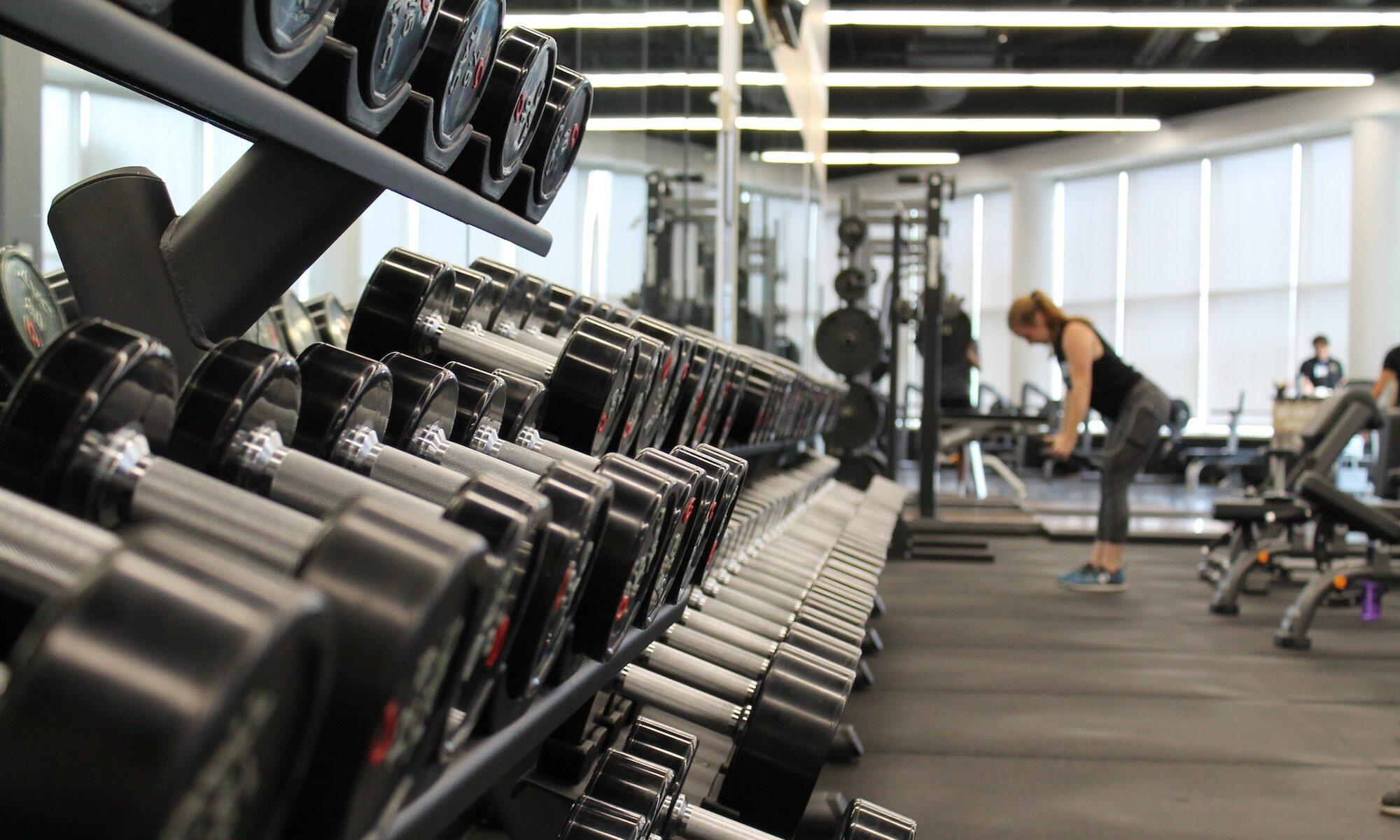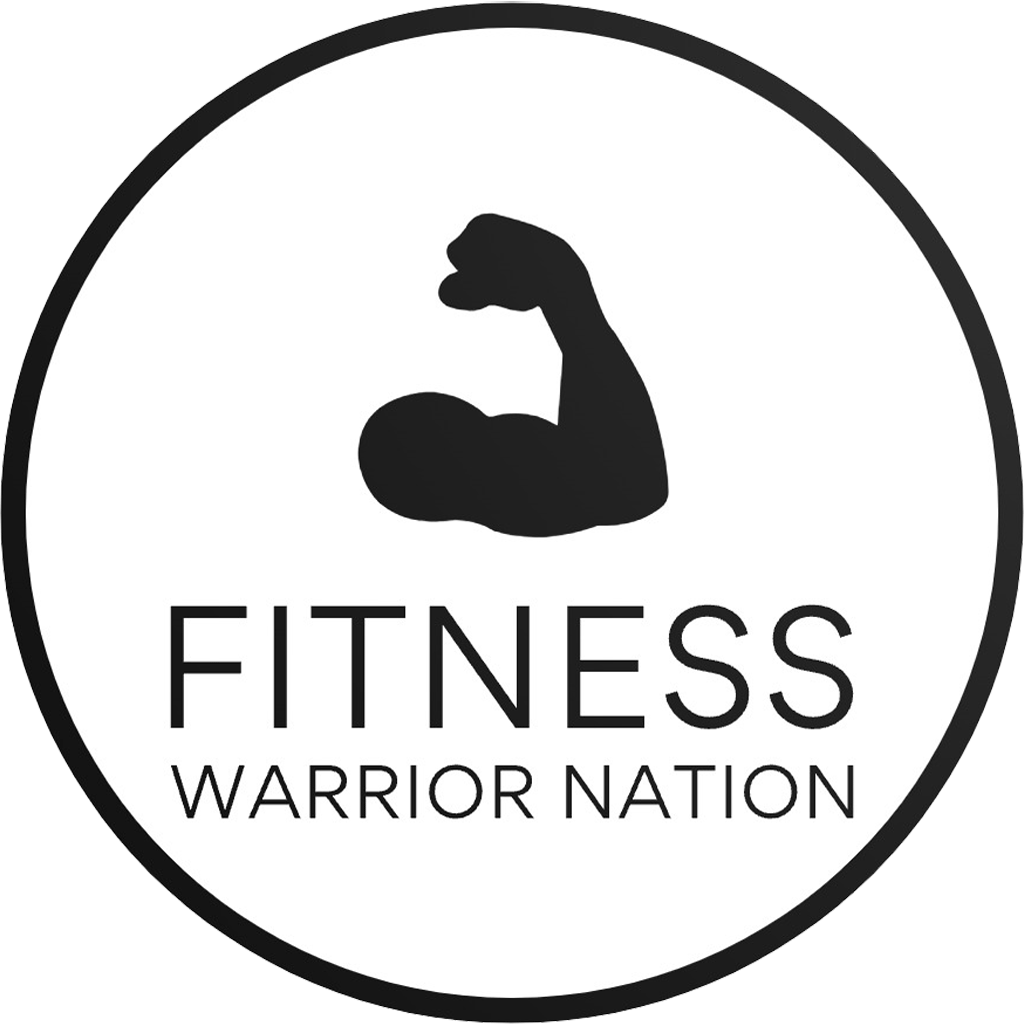Unlock the potential of your fitness routine with “The Ultimate Guide to Functional Training.” Learn how to enhance strength, flexibility, and prevent injuries. Start your functional training journey today!
Welcome to “The Ultimate Guide to Functional Training”! This comprehensive article will walk you through the fundamentals of functional training and how it can transform your body. From exercises that mimic real-life movements to improving daily functionality and preventing injuries, you will learn everything you need to know to kickstart your functional training journey. Say goodbye to traditional workouts and hello to a more dynamic and effective way of training. Let’s get started on the path to a stronger, more functional you! Have you ever wondered how to take your fitness routine to the next level? Functional training might just be the answer you’ve been looking for. In this Ultimate Guide to Functional Training, you will learn everything you need to know to transform your body and achieve your fitness goals. Let’s dive in!
What is Functional Training?
Functional training is a type of workout that focuses on movements that mimic everyday activities. It emphasizes core strength, stability, and mobility to improve overall functionality in daily life. By incorporating exercises that target multiple muscle groups and joints, functional training can help you move more efficiently and reduce the risk of injury.
Why is Functional Training Important?
Functional training is important because it helps you build strength and stability in a way that directly translates to real-life movements. Whether you’re lifting groceries, playing with your kids, or participating in sports, functional training can improve your ability to perform these activities with ease. Instead of just focusing on isolating individual muscles, functional training engages your entire body to work together as a cohesive unit.
Benefits of Functional Training
Functional training offers a wide range of benefits that can enhance your overall fitness level and quality of life. Here are some key benefits of incorporating functional training into your workout routine:
1. Improved Core Strength
Functional training places a strong emphasis on core stability, which is essential for maintaining proper posture and preventing back pain. By engaging your core muscles in various functional movements, you can strengthen your core and improve your overall stability.
2. Increased Flexibility and Mobility
Functional training includes dynamic movements that require a full range of motion in multiple joints. This can help improve your flexibility and mobility, making it easier to perform daily activities and reduce the risk of injury.
3. Enhanced Balance and Coordination
Functional training challenges your balance and coordination by incorporating exercises that require stability on unstable surfaces or while performing multi-joint movements. By training these skills, you can improve your overall balance and coordination, making you more agile and less prone to falls.
4. Functional Strength Gains
Unlike traditional weightlifting exercises that isolate individual muscles, functional training focuses on compound movements that engage multiple muscle groups simultaneously. This can lead to functional strength gains that directly translate to improvements in everyday activities.
5. Injury Prevention
By targeting multiple muscle groups and joints in a functional training workout, you can correct imbalances, strengthen weak areas, and improve overall movement patterns. This can help reduce the risk of injury during physical activities and improve your overall durability.
6. Increased Calorie Burn
Functional training workouts are typically high-intensity and involve a combination of strength and cardiovascular exercises. This can help increase your heart rate, burn calories, and improve your overall fitness level.
Types of Functional Training Exercises
Functional training incorporates a wide variety of exercises that target different muscle groups and movement patterns. Here are some common types of functional training exercises that you can incorporate into your workout routine:
1. Bodyweight Exercises
Bodyweight exercises are a fundamental component of functional training and can be done anywhere without the need for equipment. These exercises include squats, lunges, push-ups, planks, and burpees, among others.
2. Stability Ball Exercises
Stability balls are a versatile tool that can be used to challenge your balance and stability while performing various exercises like ball squats, stability ball rollouts, and stability ball leg curls.
3. Resistance Band Exercises
Resistance bands are portable and affordable tools that can add resistance to your functional training workouts. They can be used to perform exercises like rows, presses, curls, and lateral raises, among others.
4. Kettlebell Exercises
Kettlebells are weighted balls with handles that can be used to perform dynamic exercises like swings, cleans, snatches, and Turkish get-ups. Kettlebell exercises can help improve strength, power, and endurance.
5. Suspension Training
Suspension trainers like TRX bands are suspension training systems that use your body weight as resistance. By adjusting the angle of your body, you can increase or decrease the difficulty of the exercises, making suspension training suitable for all fitness levels.
6. Functional Movement Patterns
Functional movement patterns involve compound movements that mimic real-life activities. These patterns include squatting, lunging, pushing, pulling, bending, rotating, and walking, all of which are essential for daily activities.
Functional Training Programs
If you’re new to functional training or looking to create a structured program, here are some sample workouts to get you started. Remember to warm up before starting your workout and cool down afterward. Listen to your body, modify exercises as needed, and focus on proper form to maximize the benefits of functional training.
Sample Functional Training Workout Program
| Exercise | Reps | Sets |
|---|---|---|
| Bodyweight Squats | 15 | 3 |
| Push-Ups | 10 | 3 |
| Planks | 30 sec | 3 |
| Lunges | 12 each leg | 3 |
| Stability Ball Rollouts | 12 | 3 |
| Resistance Band Rows | 15 | 3 |
| Kettlebell Swings | 20 | 3 |
| TRX Rows | 12 | 3 |
Weekly Functional Training Program
| Day | Focus | Workout |
|---|---|---|
| Monday | Lower Body | Bodyweight Squats, Lunges, Stability Ball Leg Curls |
| Tuesday | Upper Body | Push-Ups, Resistance Band Chest Presses, TRX Rows |
| Wednesday | Core | Planks, Russian Twists, Bicycle Crunches |
| Thursday | Full Body Circuit | Kettlebell Swings, Burpees, Mountain Climbers |
| Friday | Rest or Active Recovery | Walking, Stretching, Yoga |
| Saturday | HIIT | High-Intensity Interval Training Circuit |
| Sunday | Rest | Rest and Recovery |
Tips for Success in Functional Training
To get the most out of your functional training workouts and achieve your fitness goals, here are some tips to keep in mind:
1. Focus on Form and Technique
Proper form is crucial in functional training to prevent injury and maximize the effectiveness of each exercise. Start with bodyweight exercises to master the movement patterns before adding resistance or intensity.
2. Progress Gradually
As you get stronger and more comfortable with functional training, gradually increase the intensity, duration, and difficulty of your workouts. Progression is key to seeing improvements in your strength, endurance, and overall fitness level.
3. Listen to Your Body
Pay attention to how your body feels during and after each workout. If you experience pain or discomfort, modify the exercise or seek guidance from a fitness professional to ensure that you’re training safely and effectively.
4. Stay Consistent
Consistency is key in functional training to see lasting results. Aim to workout regularly, maintain a healthy diet, get enough rest, and stay hydrated to support your fitness journey.
5. Mix It Up
Keep your workouts engaging and challenging by mixing up your routine with different exercises, equipment, and training modalities. This can help prevent plateaus, keep you motivated, and target different muscle groups effectively.
6. Set Realistic Goals
Set realistic and achievable fitness goals to keep yourself motivated and track your progress. Whether your goal is to lose weight, build muscle, improve flexibility, or enhance overall functionality, having clear objectives can help you stay focused and committed to your training.
In Conclusion
Functional training offers a holistic approach to fitness that can help you improve your strength, stability, mobility, and overall functionality in daily life. By incorporating functional training exercises into your workout routine and following a structured program, you can transform your body, boost your fitness level, and achieve your health and wellness goals. Remember to start slowly, focus on proper form, stay consistent, and enjoy the journey to a fitter and healthier you. Whether you’re a beginner or an experienced fitness enthusiast, functional training can provide a challenging and rewarding workout experience that can benefit your body and mind. So, are you ready to take your fitness to the next level with functional training? Let’s get started!


